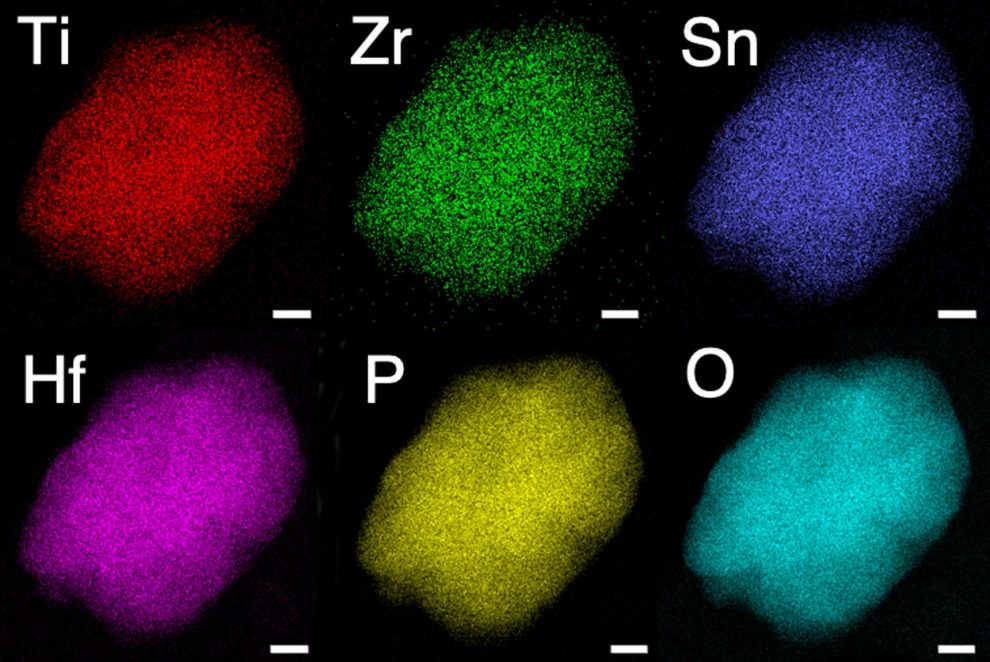In the realm of matter, solids are the most familiar and prevalent state. From the ground beneath our feet to the objects we interact with daily, solids play a crucial role in our lives. In this blog, we will delve into the fascinating world of solids, exploring their properties, classifications, and diverse applications.
Solids are characterized by their rigid structure and definite shape and volume. Unlike liquids and gases, the particles in a solid are tightly packed and held together by strong intermolecular forces. This arrangement gives solids their unique properties and makes them distinct from other states of matter.
One key property of solids is their high density. The close packing of particles results in a relatively large mass per unit volume. This property is exemplified by materials such as metals, which are known for their high density and strength.
Solids can be classified into different categories based on their internal structure. Crystalline solids have a highly ordered arrangement of particles, forming repeating patterns known as crystals. This regularity gives rise to well-defined geometric shapes and characteristic properties. Examples of crystalline solids include salt, diamonds, and quartz.
Amorphous solids, on the other hand, lack long-range order in their atomic arrangement. Instead, the particles are randomly packed, resulting in a less defined structure. Examples of amorphous solids include glass, rubber, and plastic.
Solids exhibit a range of physical properties that make them valuable in various applications. One such property is strength. The rigid structure of solids allows them to withstand external forces and retain their shape. This property is crucial in the construction industry, where materials like concrete and steel are used to build durable structures.
Another important property of solids is conductivity. Some solids, such as metals, are excellent conductors of heat and electricity due to the free movement of electrons within their atomic structure. This property is utilized in electrical wiring, electronic devices, and thermal conductors.
Solids can also possess unique optical properties. For example, materials like diamond exhibit a high refractive index, making them ideal for jewelry and optical components. Other solids, like semiconductors, have properties that enable the manipulation and control of light in electronic devices.
The study of solids and their properties has led to significant technological advancements. For instance, the field of materials science focuses on understanding and developing new materials with tailored properties. This has resulted in the creation of advanced ceramics, composite materials, and nanostructured solids with improved strength, flexibility, and functionality.
Furthermore, solids have applications in various industries. The pharmaceutical industry relies on solid-state chemistry to design and produce effective drugs. Solid-state physics is fundamental to the development of semiconductor devices and advanced computing technologies. Solid-state batteries are being explored as a potential solution for energy storage in electric vehicles and renewable energy systems.
In addition to their practical applications, solids have captivated scientists and researchers for centuries. The study of crystallography, for example, involves the analysis of crystal structures using X-ray diffraction techniques. This field has yielded valuable insights into the arrangement of atoms in solids and has contributed to our understanding of fundamental principles in physics and chemistry.
In conclusion, solids are a fundamental state of matter with unique properties and a wide range of applications. Their rigid structure, density, strength, and conductivity make them indispensable in industries ranging from construction to electronics. The study of solids continues to drive scientific discoveries and technological advancements, shaping our understanding of the physical world and opening doors to new possibilities. Whether we realize it or not, our lives are intricately connected to the solid state, making it a fascinating area of exploration and innovation.




















Add Comment